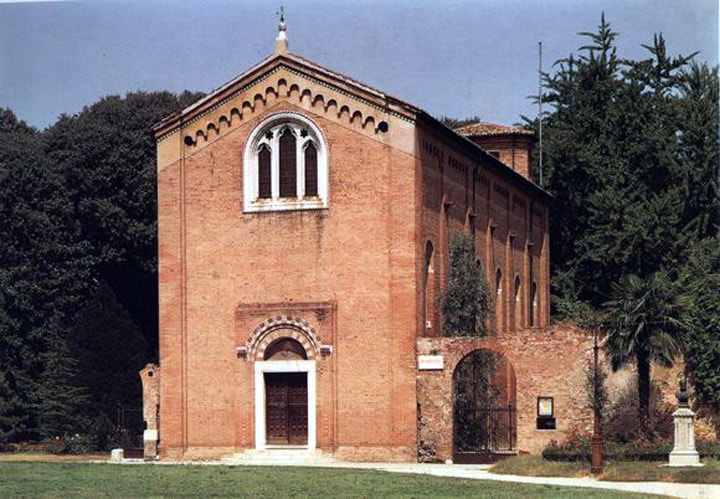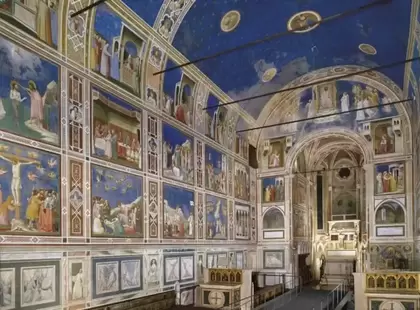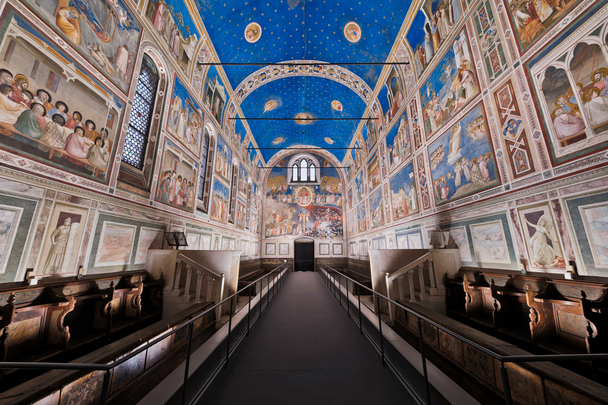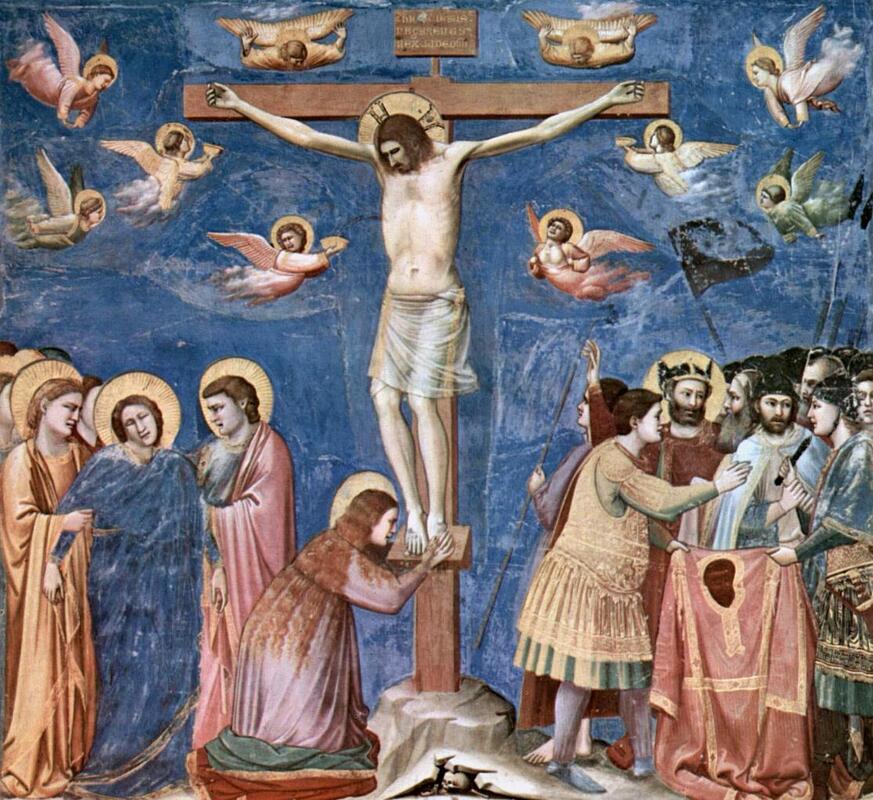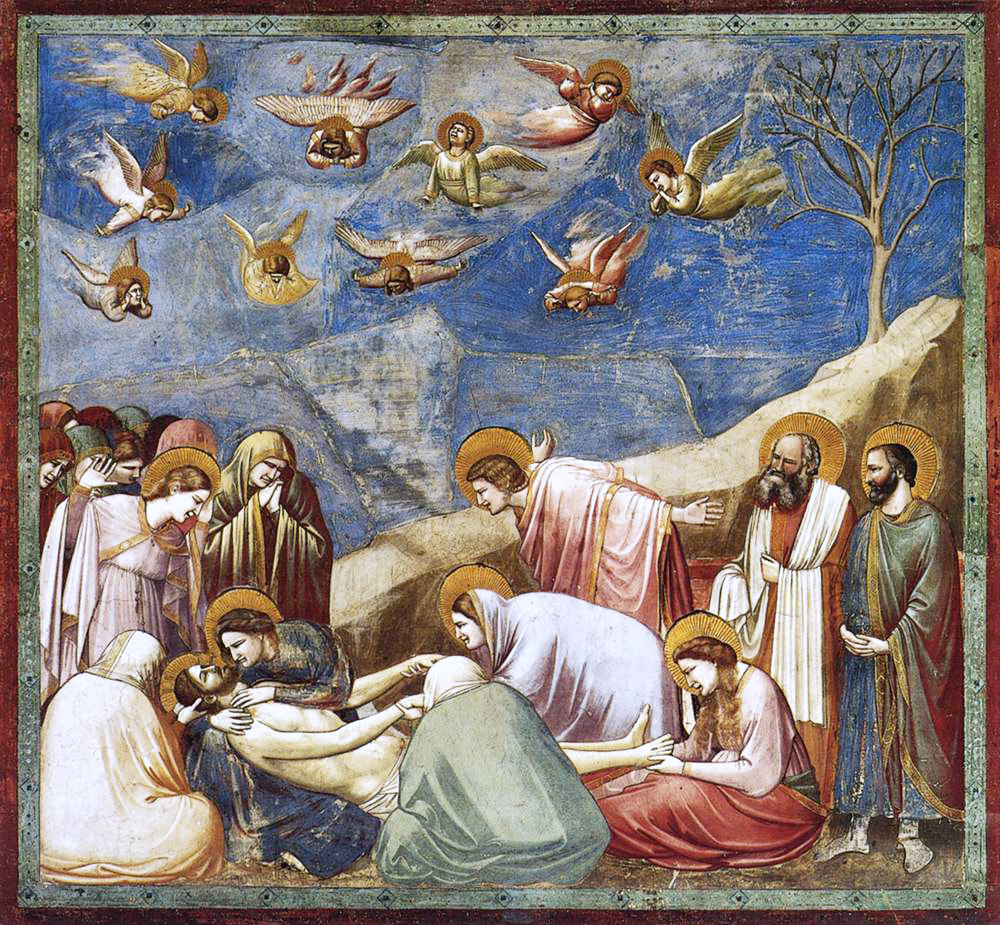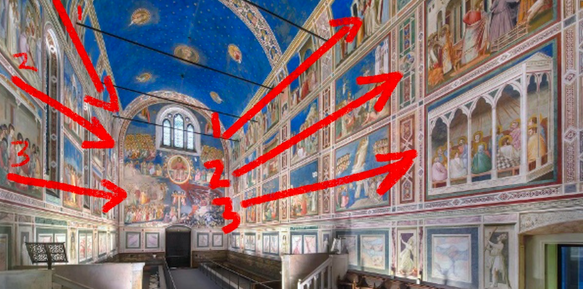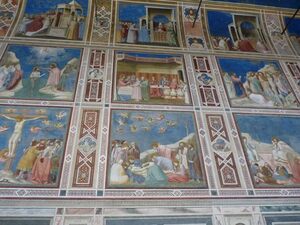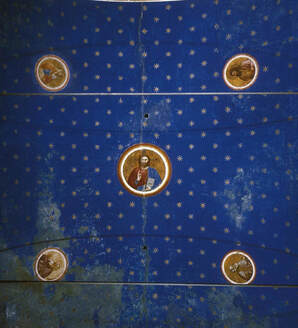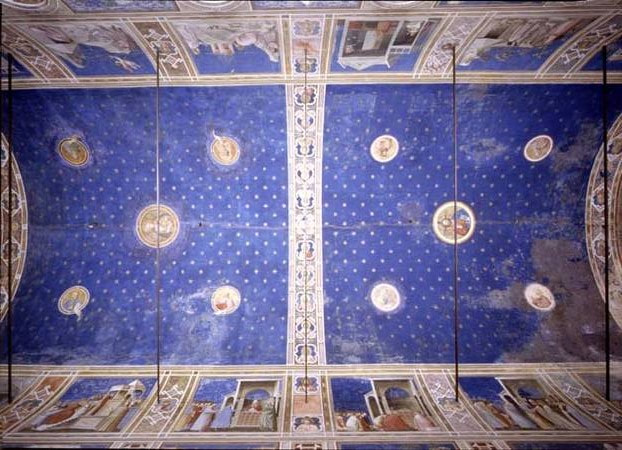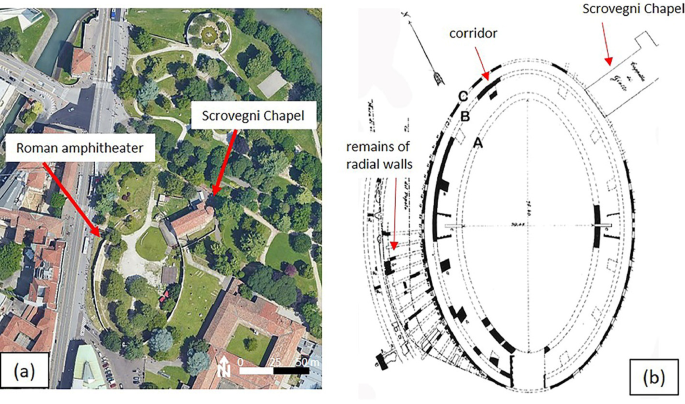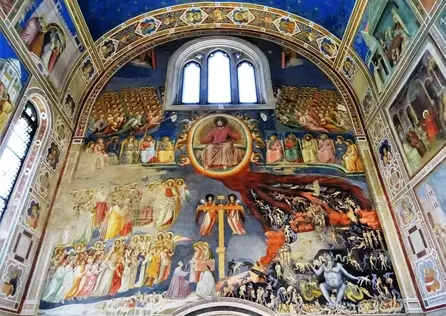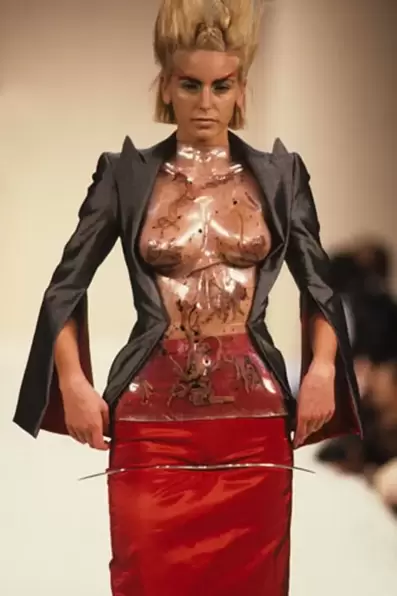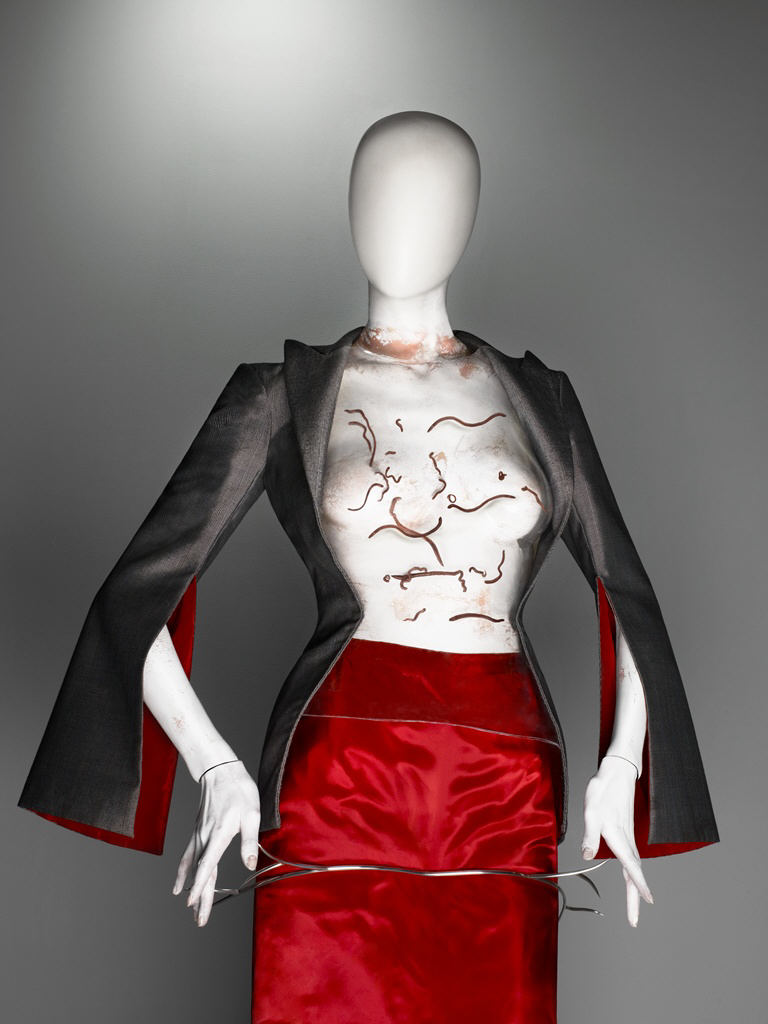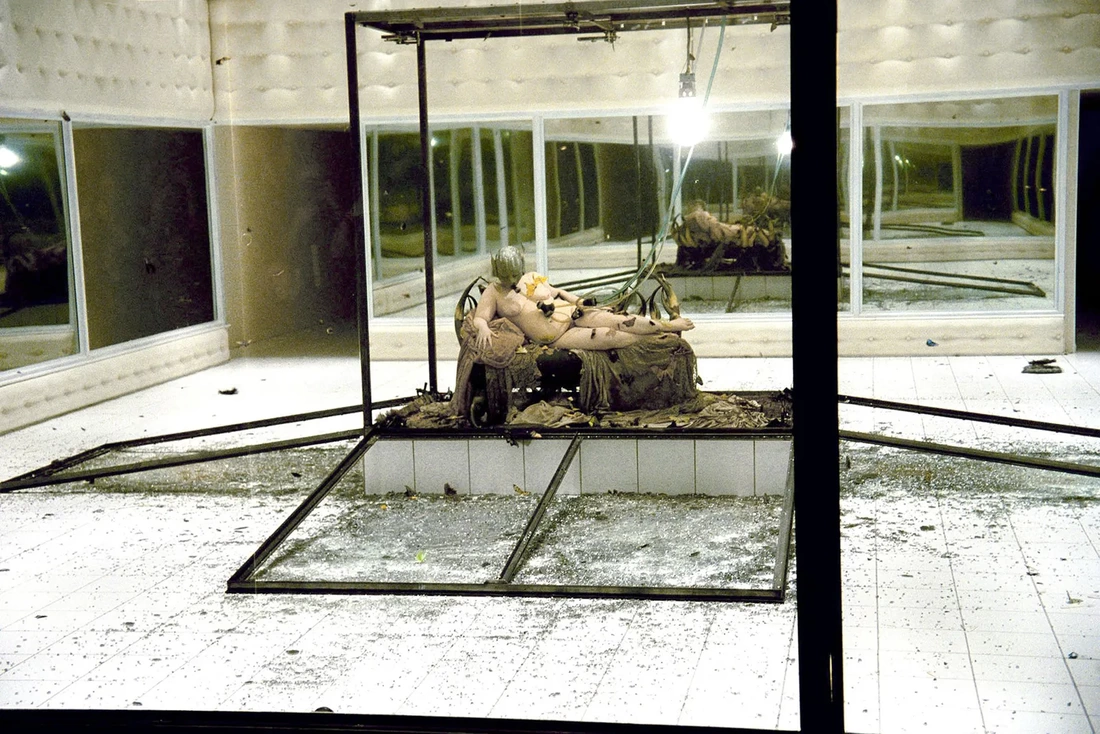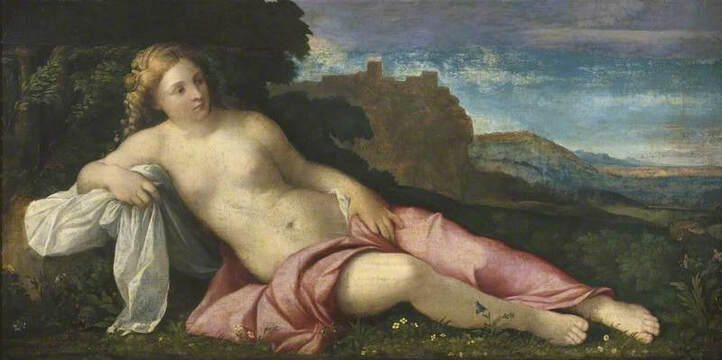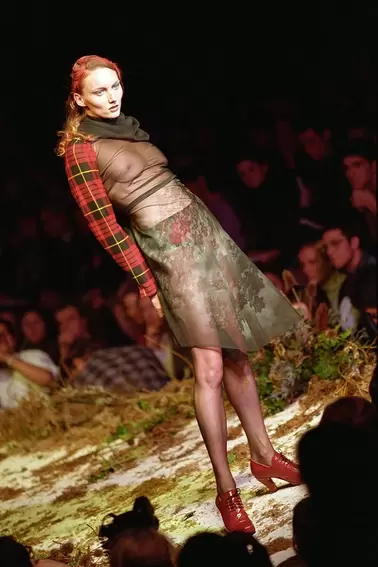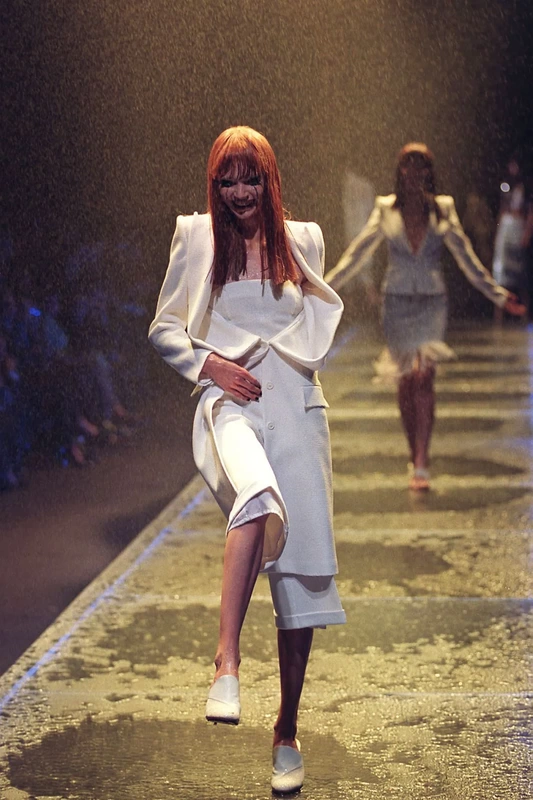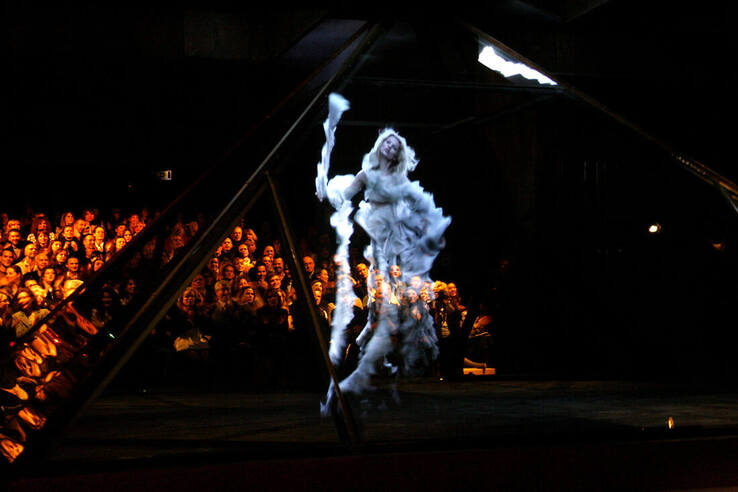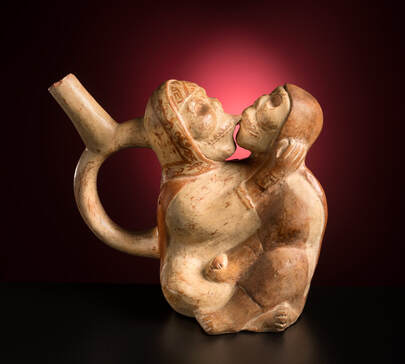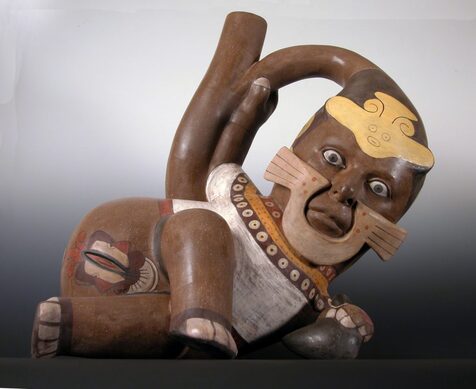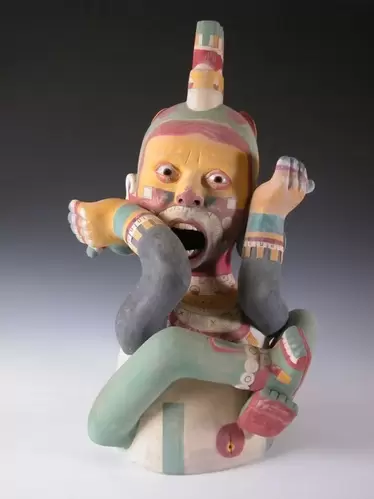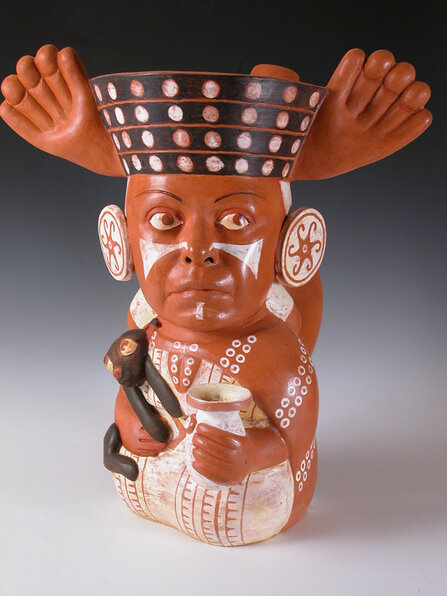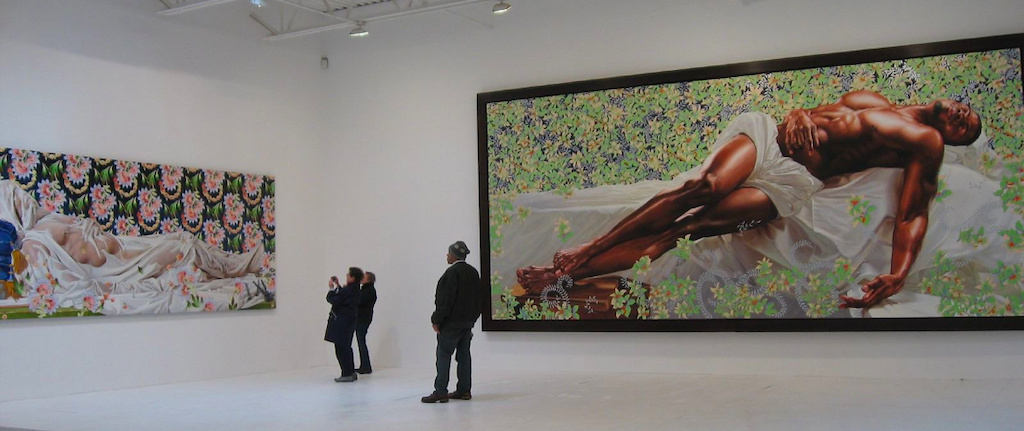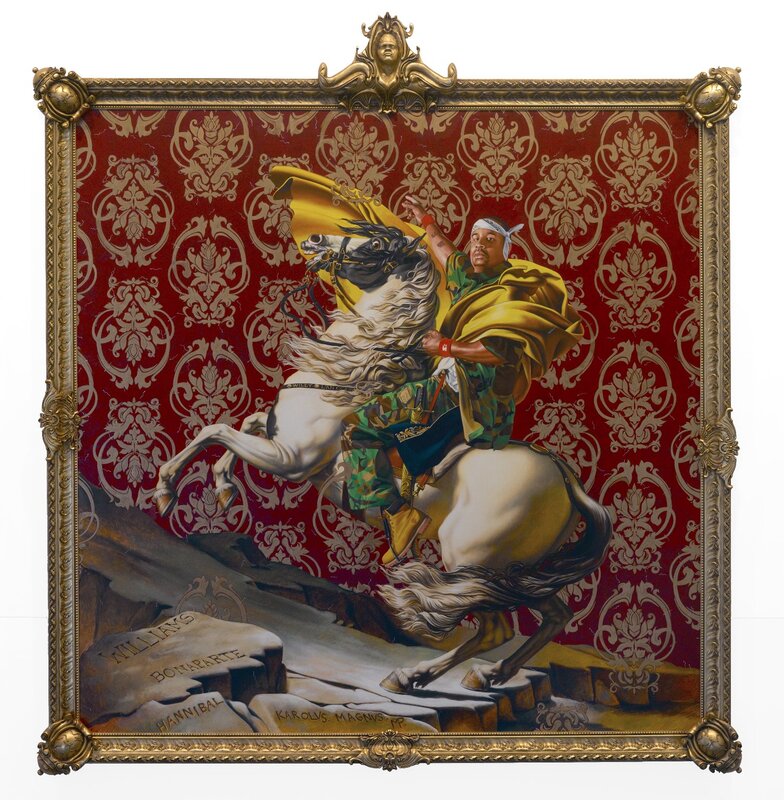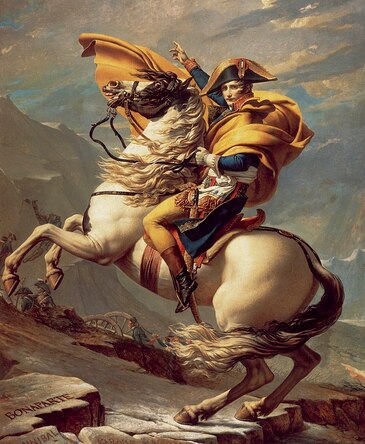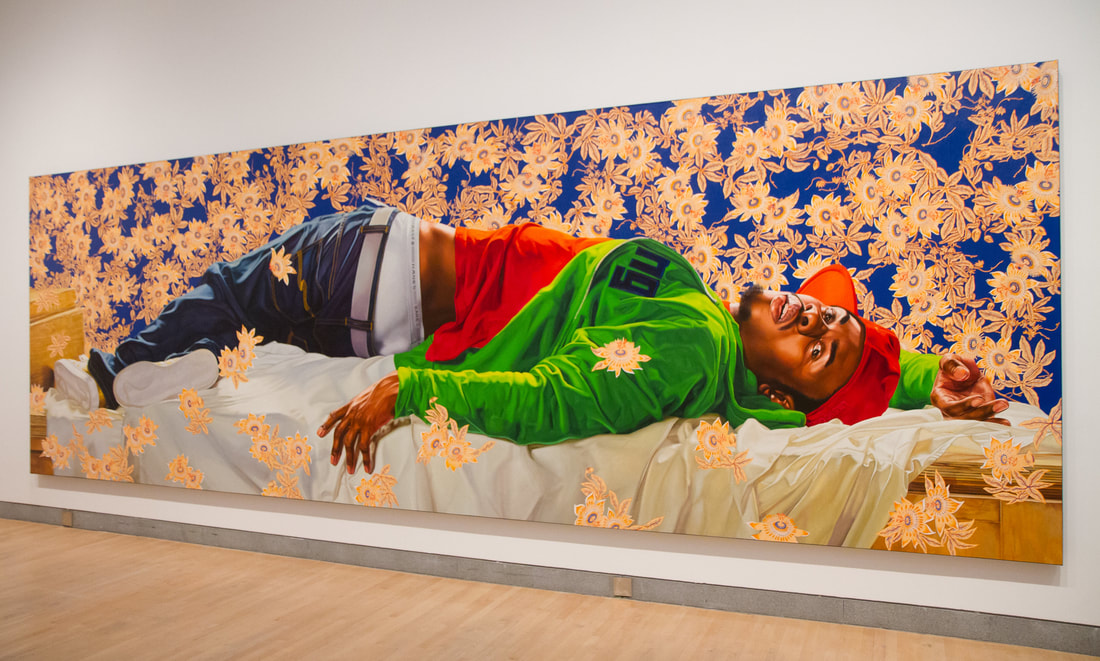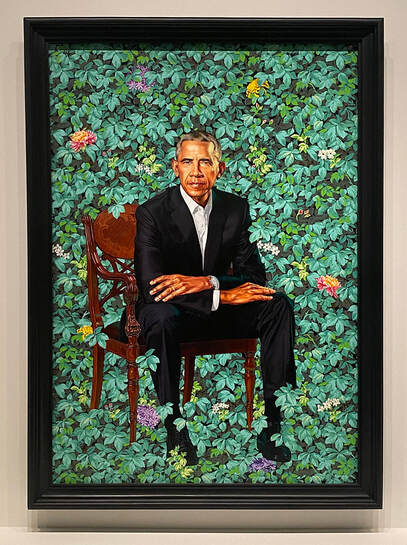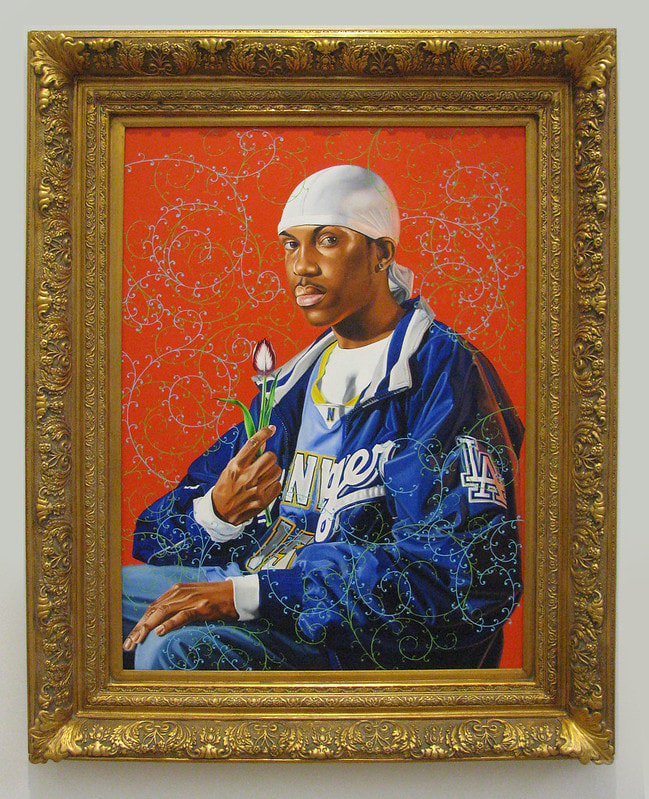|
The Scrovegni Chapel, located in Padua, Italy, built by Enrico Scrovegni in 1303-05, contains masterpieces of fresco painting and serves as but one link between the ancient world and the art of the Renaissance. The chapel's name, Scrovegni, is taken from the moneylending Scrovegni family and their reputation as usurers - the charging of interest on money lent. The name serves as a reminder of the role that money, commerce, and redemption would play in the creation of art during the Renaissance. The chapel served as a way for Scrovegni to gain redemption for usury, a practice that was a sin in the eyes of the Catholic Church. The entirety of the walls and ceiling inside the chapel is covered in artworks depicting Christian religious icons painted by Giotto and his assistants. These icons are painted directly onto the surface of the walls. The paintings are created by applying pigmented water-based paint to wet plaster. As the wet plaster dries, it absorbs the pigment into the plaster instead of sitting on its surface, thus preserving the pigments for centuries. This technique creates artworks called frescos. The Scrovegni Chapel served as a model for future Renaissance artists and architects. The frescoes in the chapel were highly regarded for their realism. Serving as inspiration for future generations who would adopt Giotto's techniques to add realism to their artworks. Most famously, fresco techniques like these would later be used by Michelangelo two centuries later in the Sistine Chapel. Each panel utilizes numerous compositional techniques to visually add three-dimensional depth to the surface of the flat walls. We see unique individuals expressing a wide range of emotions as the story unfolds in front of us. The characters depicted on each figure's face individually humanize the subjects within each picture plane. We so too see shapes begin to take on rounded three-dimensional mass through the use of shading and a repetition of curving lines. The frescoes in the Scrovegni chapel depict scenes from the life of the Virgin Mary and the life of Christ. The frescoes are arranged so that each scene builds upon the previous panel's scene. This develops a visual narrative that guides the viewer through the life of Christ and the Virgin Mary. The sum of the frescoes functions as a cycle of individual paintings intended to be read as if it were an image-based novel, a particularly important concept as most people were illiterate. The frescoes begin with the Annunciation and end with the Final Judgment, located on the back wall. This fresco depicts the final judgment of humanity, with Christ presiding over the judgment of the souls who are being led to their eternal fate. These artworks are primarily backdropped by expensive azurite blue pigment. The ceiling of the Chapel displays the greatest use of this color as it is covered almost entirely in azurite blue. The ceiling also displays gold stars. While the numerous panels are unified with the aforementioned azurite blue, the panels on the walls are additionally pulled together through hand-painted Trompe l'oeil, or a fooling of the eye, creating the appearance of inlaid stone. In totality, the painted interior covers just over 3500 square feet of the chapels' interior walls. The frescoes inside the Scrovegni Chapel envelop the viewer with a floor-to-ceiling 360-degree visual narration of the life of Christ. Upon entering the viewer is engaged through a stylistic display of techniques individualizing each figure offering the viewer a visually sequential didactic story, willing the viewer to physically move throughout the chapel. The influence of antiquity is evident in the architectural design of the chapel. The pointed arches and vaults of the chapel are characteristic of Gothic architecture, which was heavily influenced by the architecture of ancient Rome. The use of arches and vaults allowed for the creation of taller more ornate buildings, and it was a way for the chapel builders to demonstrate their knowledge of the architectural techniques of classical Greek and Roman architecture. Beyond this the chapel is constructed atop the foundational ruins of an ancient Roman amphitheater lending its common name, the Arena Chapel. Roman amphitheaters served as the basic design of modern arenas. Rome's Flavian amphitheater is the most famous of these ancient structures; today, it is commonly called the Colosseum. In conclusion, the Scrovegni Chapel is a masterpiece of proto-Renaissance art and architecture that demonstrates the influence of an ancient past on the Renaissance. The frescoes in the chapel are some of the finest examples of figurative painting that would influence artists for centuries. The Chapel and its frescoes act as a window into the culture and society of the time. Scrovegni's motivations of redemption fueling the Chapel's creation demonstrate the role that religion and finance played in the creation of European art in the 14th century and beyond.
Lee Alexander McQueen, controversy, brilliance, and turning the fashion industry upside down1/10/2023
Lee Alexander McQueen, 1969-2010, was a British fashion designer who rose to prominence in the early 1990s and quickly became known for his rebellious and controversial approach to fashion design. He was known for incorporating historical references into his work, often drawing inspiration from art, literature, and cultural traditions from around the world. However, he also challenged traditional notions of beauty and used his designs to question and subvert societal norms. One of McQueen's most famous collections, "The Hunger," questioned beauty standards placing models in see through plastic corsets. The corsets were filled with earthworms which appeared to be crawling over the body of the model whose breasts and torso was revealed through the transparent plastic. In an interview with The Face McQueen said of beauty, "It’s the ugly things I notice more, because other people tend to ignore the ugly things.” McQueen would make a point throughout his career to challenge the notions of beauty standards in the fashion industry. In his "Voss" collection, for example, he featured models with shaved heads and bold, graphic makeup, subverting traditional notions of feminine attractiveness. He also frequently used unconventional models in his shows, including plus-sized and older models, further challenging the narrow beauty standards often promoted in the fashion industry. During the finale of Voss the walls of what appeared to be a solid cube collapsed shattering glass across the runway. Inside was fetish fashion critic Michelle Olley posed nude, her body covered in moths. Olley's reclining pose referenced Greek goddess of beauty Venus.
However, his father was a Scottish cab driver in London, and regarding the criticism, he said that it “was a shout against English designers…doing flamboyant Scottish clothes. My father’s family originates from the Isle of Skye, and I’d studied the history of the Scottish upheavals and the Clearances. People were so unintelligent they thought this was about women being raped- yet Highland Rape was about England’s rape of Scotland.” In yet another controversy, he had titled a show “Golden Shower,” the show’s sponsor, American Express, pressured McQueen to change the name for its sexual fetish connotation. Although the show’s name was changed during the show’s finale, as models dressed in all white came down the catwalk, they were bathed in a yellow light as a sprinkler system was set off. This ultimately allowed McQueen to give his coveted designs a golden shower. McQueen was at the vanguard of technology. In one show, he incorporated a 3-D hologram of model Kate Moss who at the time, had been shunned from the fashion industry for her involvement in a cocaine scandal. She modeled on the catwalk during the finale of his “Windows of Culloden," show in 2006 presented as a realistic 3-D hologram in front of the very fashion industry critics who had shunned her. Despite the controversies, McQueen's talent and vision as a designer were undeniable. He was widely admired by his peers, and his work has exhibited in museums around the world. He received numerous awards and accolades during his career, including the prestigious Designer of the Year award from the Council of Fashion Designers of America in 2003.
Lee Alexander McQueen was a complex and controversial figure, but his contributions to the fashion world are undeniable. His use of historical references and questioning of traditional beauty standards set him apart as a designer, and his impact is still felt today. Kukuli Velarde is a Peruvian-born ceramic artist whose work has gained international recognition for its intricate, expressive, and deeply personal nature. Velarde's art is inspired by the ancient art of the Andes mountains, which she combines with modern techniques to create pieces that are both timeless and contemporary. Comparing the art of the ancient Moche culture of the Andes, above on the left, we see that same stirrup spout connected to the ceramic body able to hold the sacred chicha corn beer or, in other cases, left empty and interred with the deceased. Now, as we look at Velarde's modern ceramic on the right, just past the figure's turned leg, we see the birth canal telling us that this is a woman. Importantly for pieces like this, Velarde has used derogatory titles. She titled this artwork, Chola Puteadora Grabby Needs to be Put on Her Place Metale Mano. The word Chola in much of Latin America outside of the USA and Mexico can often be a derogatory term for a woman of indigenous descent or of mixed heritage; one parent indigenous, and the other is of European descent. The word Puteadora means whore; thus, in part, she has titled her artwork indigenous whore grabby needs to be put on her place put your hand in her. As for The title and its derogatory nature, the artist tells us, "I purposely use slurs I think they faithfully portray the racial, social, and economic divide of a population that has learned to hate its indigenous roots, thanks to colonialism, and the modern world, its product." One of the most striking aspects of Velarde's work is the way in which it references the colonization of Latin America and the enduring legacy of this period in the region's history. Many of her pieces depict figures with European features, often wearing traditional colonial-era clothing. This serves as a reminder of the cultural and societal changes that occurred during the colonial period and the ongoing impact of these events on contemporary Latin American society. Velarde's art is also deeply rooted in the traditions of the Andes, with many of her pieces incorporating motifs and symbols from this region. These references serve as a tribute to the rich cultural history of the Andes and provide a connection to the past for Velarde and her audience. Despite the often heavy themes of her work, Velarde's ceramics are characterized by a sense of joy and playfulness. She frequently incorporates bright colors and bold patterns into her pieces, adding a sense of whimsy and delight. This is especially evident in her series of ceramic dolls, which are brightly colored and whimsical, yet also imbued with deeper meaning and cultural significance.
The art of Kehinde Wiley is a modern interpretation of the neoclassic European paintings that have long been revered for their beauty and cultural significance. Like these classic works, Wiley's paintings are characterized by their attention to detail, realism, and grandiose themes. However, what sets Wiley's work apart is his unique approach to representing people of color in these traditionally white-dominated spaces. One of the defining features of neoclassic paintings is their focus on grand historical or mythological subjects. These works often depict powerful figures in poses of authority, surrounded by symbols of wealth and status. Wiley's work also addresses these themes, but with a twist. Rather than depicting traditional subjects like kings or generals, he portrays contemporary African Americans in these grand poses, often with elements of hip hop and urban culture woven into the compositions. This representation of people of color in these historically white-dominated spaces is a radical departure from the norms of neoclassic art. These paintings have long been seen as a celebration of European power and superiority, and to see people of color occupying these positions of authority is a powerful statement. By placing these subjects in positions of power and prestige, Wiley is challenging the traditional hierarchy and subverting expectations about who is worthy of being depicted in this way. Another characteristic of neoclassic paintings is their attention to realism and detail. These works are known for their carefully rendered details and lifelike appearances, and Wiley's work follows in this tradition. His figures are highly realistic and carefully crafted, with every aspect of their appearance given careful consideration. This realism serves to elevate the subjects of his paintings further, bringing them to life in a way that is both striking and meaningful. Despite these similarities, there are also some notable differences between Wiley's work and neoclassic paintings. One of the most obvious is the way in which he uses color. While neoclassic paintings tend to be characterized by their muted and subdued color palettes, Wiley's work is often much more vibrant and lively. He makes use of bright, bold colors to add an extra layer of energy and excitement to his compositions. Ultimately, the art of Kehinde Wiley is a modern interpretation of the neoclassic European paintings that have long been admired for their beauty and cultural significance. Like these classic works, Wiley's paintings are characterized by their attention to detail, realism, and grandiose themes. However, Wiley's unique approach to representing people of color in these traditionally white-dominated spaces challenges traditional hierarchies while subverting expectations about who is worthy of being depicted in this way. |
